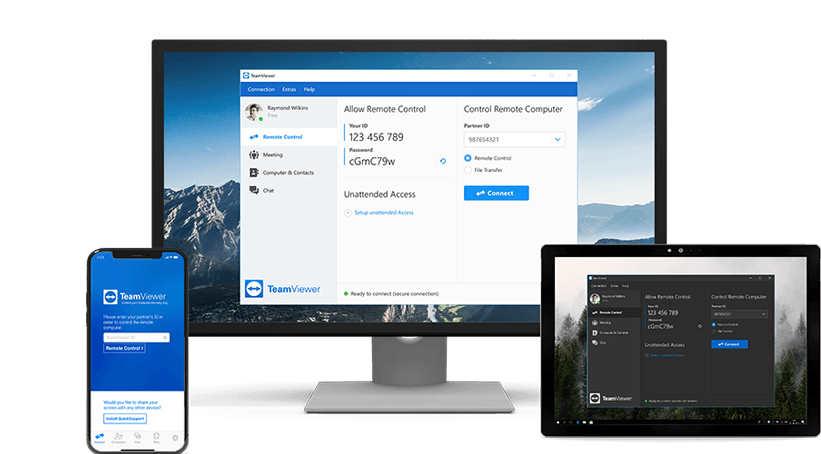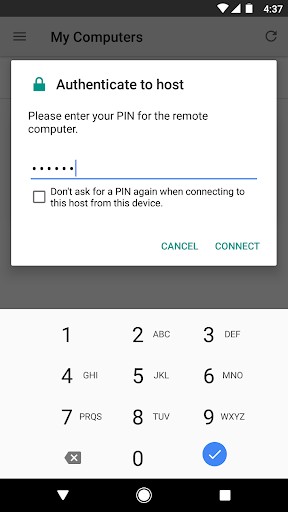

with Left -> Shell Link: type your target box or your alias configured in ~/.ssh/config such as jump in the example above.
#Chrome remote desktop download for mac install#
NOTE: This does not cover all the steps, as this is beyond the scope of the original question, but you can use for example Chrome Remote Desktop in order to establish the SSH link from your box C to box B (the jump server), and then from box A 'transparently' connect to C via B.Īnd finally, if you want a nicer text-mode GUI than scp then consider using Midnight Commander - mc ( apt install mc) where you can connect e.g. Remote_dir will be relative to the user's home. Or from remote to local: scp -r jump:remote_dir/subdir /my/local/machine/path ProxyJump you have it all set up you can copy files/folders simply with: scp -r /some/local/dir jump:remote_dir Once you have the outgoing connection and port forwarding configured from box C (which can be tricky if you've never done it before) you can connect over SSH from box A with a profile defined in your ~/.ssh/config file similar to: Host jump for OSX): base64 B->C hop scenario you'll need an SSH client on A, and running SSH servers on both B and C.
#Chrome remote desktop download for mac windows#
On OSX there are the built-in pbcopy and pbpaste, on Linux (in xorg), there is xclip, and on Windows there is clip.exe, which means that encoding a file to clipboard can be simplified to (e.g. It is possible to encode directly to the clipboard if you have the corresponding command line tools on the source/target OS. Piping directly to clipboard (avoiding intermediary files) # decode from base64 (OSX) (note the uppercase 'D') # decode from base64 (Linux) (note the lowercase 'd') part will print to standard output.Īnother ootb utility present both in OSX and Ubuntu: # encode to base64 Openssl base64 -d -in 64 -out myfile.jpgĬertutil -decode 64 myfile.jpg

Openssl base64 -d -in 64 -output myfile.jpg # encode to base64 on Windows (recent versions)Ĭertutil -encode myfile.jpg 64 # OR on some systems `-out` should be used instead of `-output` This should work ootb without having to install anything: # encode to base64 OSX and most Linux systems typically come with more than one flavour of console base64 encoders. Command line solutions (OSX, Linux, Windows) b64 extension and then use Files > Decode file.Īnother alternative app is notepad++ with the built-in mimetools plugin that does base64 encoding/decoding (Plugins -> Mime Tools > 64 Encode/Decode). On the target: paste into a new file with. b64 will be created in the other panel - open it ( F3) and copy the contents ( Ctr+ a, Ctr+ c).

On the source: select your file and then pick Files > Encode file. If you don't have Python or if both your machines are running Windows and you have Total Commander installed then the steps are simpler:

These snippets can be extracted to scripts in order to avoid typing every time. Then on the target machine paste the contents into a new file named myfile.txt and in a console type: data = open('myfile.txt').read().decode('base64') Next, open the file myfile.txt with a text editor and copy the contents.


 0 kommentar(er)
0 kommentar(er)
